Inchcolm Abbey: An historic 12th century abbey located on an island in the Firth of Forth
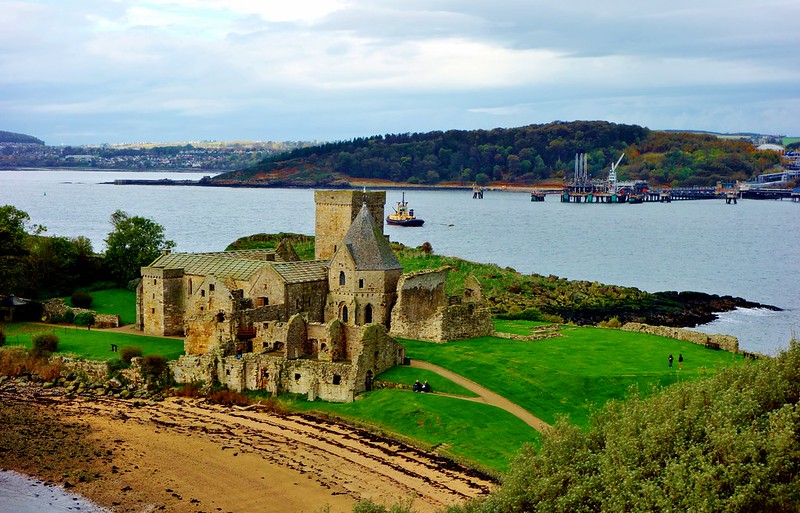
Inchcolm Abbey, Firth of Forth, Scotland
This evening, I am posting information on Inchcolm Abbey, a remarkably well-preserved medieval structure located on Inchcolm Island in Scotland’s Firth of Forth.The latter is a bay or estuary situated about ten miles N.W.of Edinburgh in the east of Scotland.
The island may well have been revered as a religious site in the first century AD, There was found on Inchcolm a 10th century,Viking influenced ‘hogback’ grave-marker which is now in the island’s museum. However, the extant buildings were built and occupied during the period 12th century to 16th century, AD. A summary chronology is as follows:
- An Augustinian monastery was established in the 1160s on instructions of Scotland’s King Alexander I. First documented record dates from a round 1165 when under control of the Diocese of Dunkeld. The monastery was the preserve of a cadre of canons (priests), not monks.
- In 1235 Pope Gregory IX authorised the re-classification from monastery to abbey. The abbey attracted wealthy benefactors and was favoured burial-place of bishops in the early 13th century, possibly due to perceived connection with early Christian, St. Columba.
- The site suffered persistent attacks and destruction by the English during the Wars of Independence in the 14th century.
- During the 15th century, Walter Bower, Abbot of Inchcolm wrote the Scotichronicon, an early history of Scotland.
- In 1542 the abbey experienced another English attack with occupying force burning and pillaging the buildings.
- In 1560 the Scottish Reformation resulted in cessation of Catholic worship although some canons remained on site until at least 1578. Thereafter, the church was dismantled and the site progressively fell into ruin.
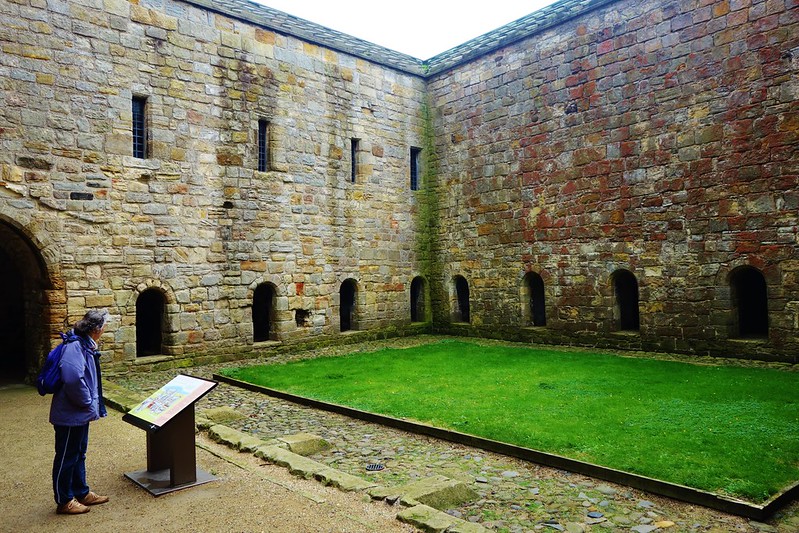
Cloister Garth, Inchcolm Abbey

Bell-Tower from around 1200s
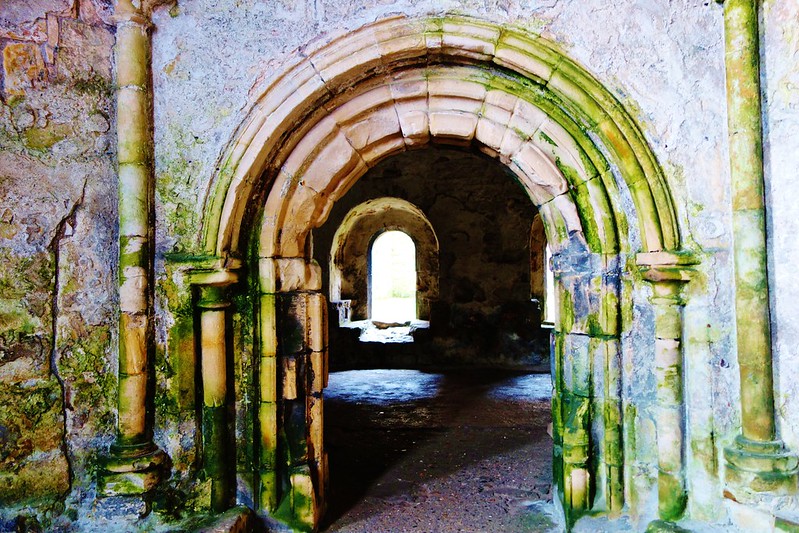
Entrance Portal at Inchcolm Abbey
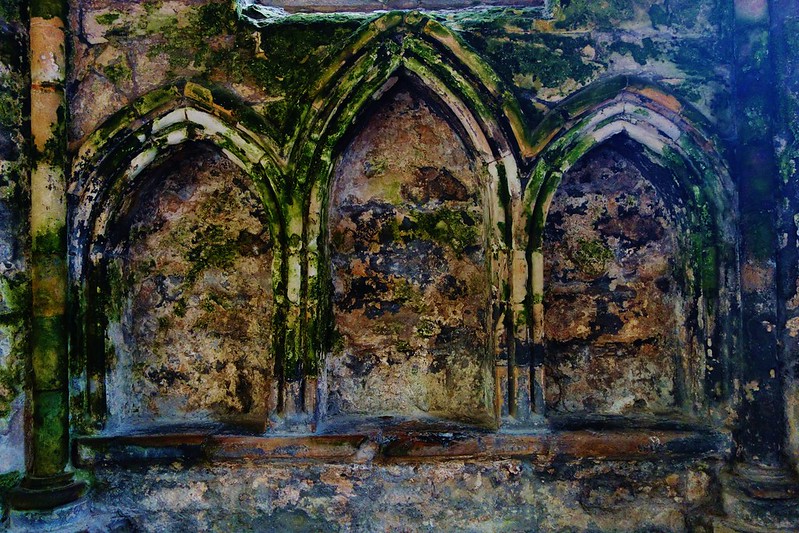
Seating for senior canons in Chapter House
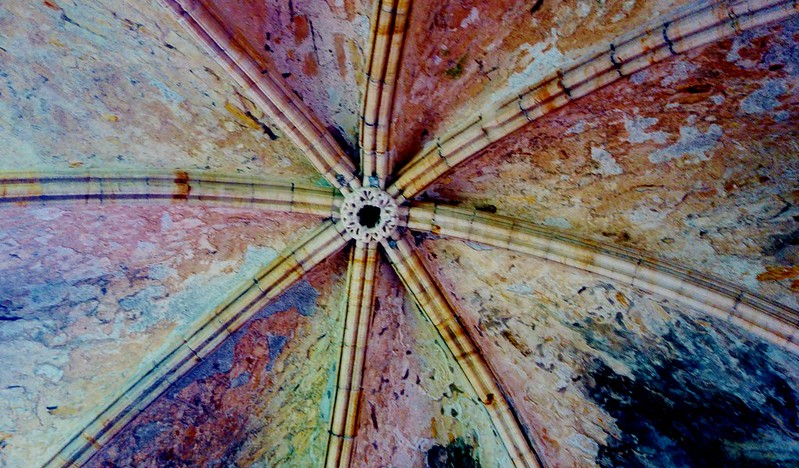
Vaulted Ceiling of Chapter House

Rood Screen in First Church, 12th century.
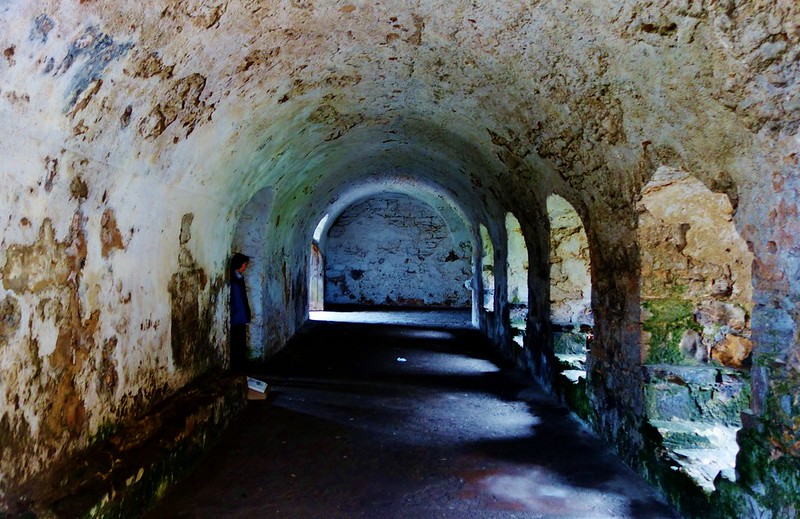
Barrel-Vaulted Cloister Walk

Refectory
To sum up, the key parts of the site are:
- 12th century church.
- 15th century church
- Cloister. (Best preserved medieval cloister in Scotland.)
- Chapter House
- Warming House
- Abbot’s House
Overall, a quality site deserving of a visit for those interested in historic buildings.

Comments
Post a Comment